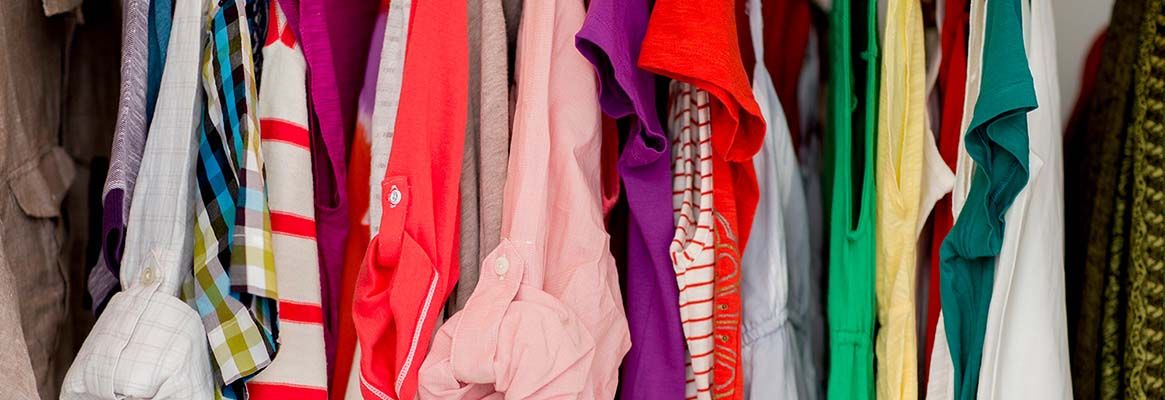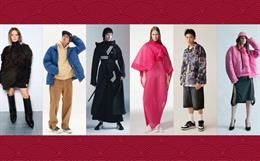During historic ages, threads ofgold and silver were used by the royal garment makers to adorn the clothing ofkings, queens and people of status. The entire cloth was completely made out ofgold threads and was known as 'Cloth of Gold'. This is different from theembroidery techniques in which golden threads are used to embellish a garment. Earlierthis fabric was made for ecclesiastical uses, and as royal attire. Now, metallicfabrics are into spotlight, at the high end of fashion due to its look and feel.This process in textile treatment gives a unique appearance to the fabricmaking it attractive.
Making of the Fiber:
Every fabric has its uniquefeatures and applications. To make a fabric appear out of the box, variousfabric textures and service designs are used. Two methods are used in themanufacturing process of metallic fibres. One is the laminating process, wherea layer of aluminum is sealed between two layers of polyester or acetate film.They are cut lengthwise and wound into bobbins as yarns. The metal is coloredand sealed in a film, and later the film is colored before laminating. Secondway of making a metallic fiber is through the metalizing process. Under thismethod, the metal is heated until it turns into vapour. Then it is deposited intothe polyester film at high pressure. The metallic fiber made in this way isthinner, more durable, and flexible then the prior one.
Applications:
Metallic fibers can be used forfabrics with both functional and decorative effects. The most commonapplication of these fibres is in the making of upholstery fabrics like lameand brocade. They make excellent interior decorations like curtains, sofacovers etc. Steel fibres are used in carpets dispersed along with other fibers.This helps to conduct electricity so as to reduce static shock. Hence they are mostlyused in spaces where chances of static shocks are more probable; places where computersare used. They are also used in space suits, protective clothing, cut resistantgloves of butchers, and in making garments for people who work near bladedmachinery. They are further used in automotive textiles, towels, bathing suits,hosiery, hat bands etc. Metallic fibres are also twisted with other fibers likewool, cotton, synthetic, and nylon to make yarns which add a novelty effect tothe end product. They add a sparkle to the fabric, thus making it moreattractive.
Metallic fabrics also used intailoring of apparels as they are glamorous and simply irresistible, adding a classicfinishing to the garment. The fibres are woven, knitted, or braided into manyfashionable types of attire. A soft flowing metallic fabric is complementary towomen of all ages. A light weight metallic jacket over a white dinner dresswould look arresting. Fashion world is getting heated up with metallic fabricsof gold, silver and bronze on the runways. The magical spell of these fabricsexhibit a luxurious appearance. It carries a promising market for metallicaccent in shades of brass, silver, gold and pewter. If metallic dresses are notthe consumer's choice of wardrobe, the fabric is also available in otherproducts like handbags, belts, and even shoes; especially the stilettos.
Care and Maintenance:
Metallic fabrics should beprofessionally dry cleaned with perchlorethylene. The fabric should be handcleaned with woolite and cold water, and should never be bleached. Like othersynthetic fabrics, metallic fabrics should be ironed at the lowest setting,without using a steam iron.
Presently, metallic fabrics aremainly manufactured in Europe and by a handful of manufacturers in the US. This process adds value, and improves the functions of the fabric. Metallic clothing hasa unique specialty, and brightness that creates lustrous images. This exquisitenature of the fabric makes it popular both in the contemporary consumer market,and the technical aspect of industrial applications.
References:







